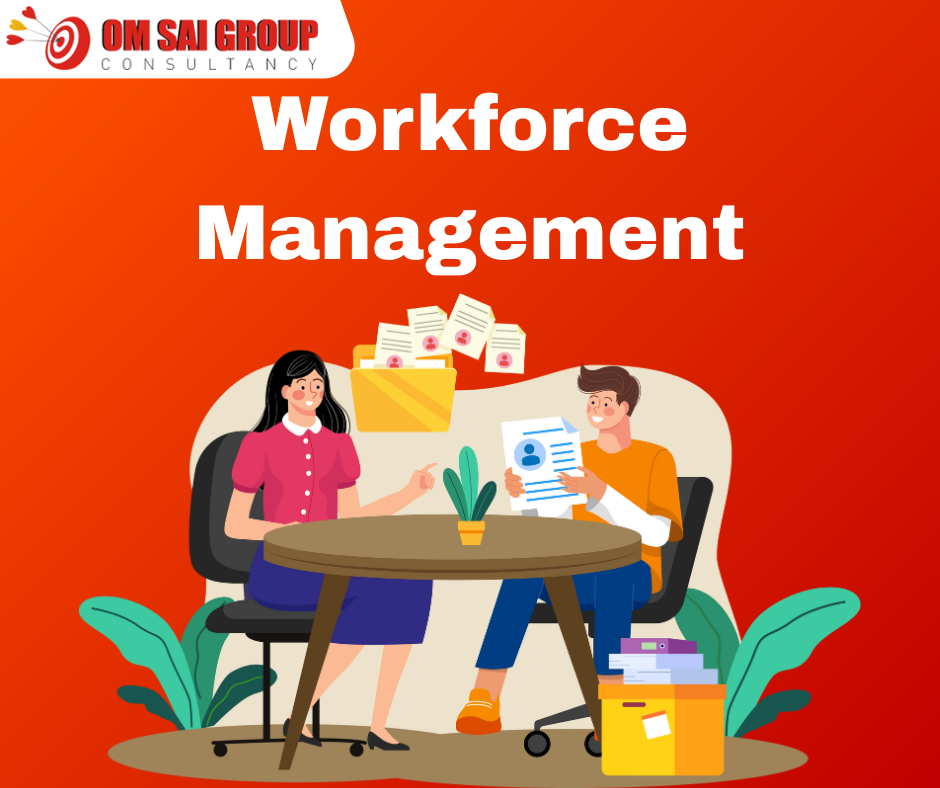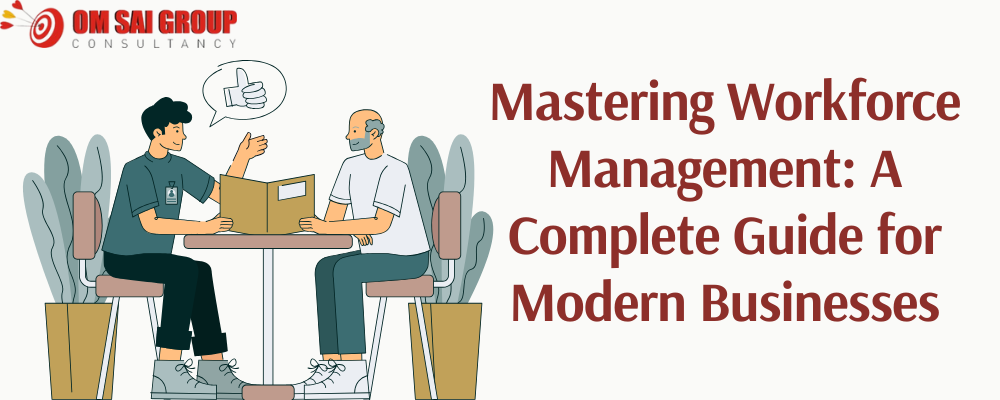

In an information-driven, disruption-driven, digitally transformed environment, the organization’s most valuable asset is always the same: its people. Effective Workforce Management is not just an operational necessity—it’s a strategic imperative. It influences every facet of an organization’s health, ranging from productivity and profitability to culture and compliance.
Those were the days of time and payroll in controlling labor. Those are distant memories now. Today, this dynamic business needs a comprehensive approach to Human Resource Management driven by speed, vision, and responsibility. Remote working, contingent employees, and artificial intelligence-based analytics have brought higher needs for more intelligent systems in matching the right people in the right positions at the right time.
A forward-thinking aspect of WFM, Workforce Planning is reviewing current staffing levels, forecasting future needs, and preparing for skills shortages. Strategic planning allows businesses to remain adaptable with market changes and seasonal fluctuations.

A proactive component of WFM, Workforce Planning involves analyzing current staffing levels, forecasting future needs, and preparing for skills gaps. Strategic planning empowers businesses to remain adaptable amidst market changes and seasonal demands.
Good Staff Management transcends supervision. It entails training, motivation, fitting jobs, and designing a successful setting where people and groups can grow. Good staff managers align employee goals with organizational aims.
With roots in historical administrative HR activities, Personnel Management has broadened to involve employee relations, policy compliance, benefit administration, and management of the employee life cycle. It provides smooth, compliant processes with encouragement for employee satisfaction.
In operationally intensive or high-volume industries, Manpower Management manages sufficient labor resources to meet production and service requirements. It includes shift planning, deployment effectiveness, and overtime management.
Staffing Management focuses on recruiting, deploying, and retaining the right talent. Strategic talent acquisition, skill mapping, succession planning, and maintaining an agile bench of candidates for critical roles are all included.
New WFM solutions integrate well with enterprise systems, employing AI and predictive analytics to forecast demand, track performance, and generate actionable insights. Cloud-based applications provide mobile access, dashboards, and automated workflows for HR leaders and line managers, simplifying complex scheduling and reporting processes.
Looking for placement services for an Automation Engineer? Our expert recruitment team specializes in connecting employers with highly skilled automation engineers proficient in areas like robotics, process automation, and control systems.
As workforces grow more dynamic, Workforce Management strategies must change to support hybrid models, gig workers, and distributed teams across the globe. Workforce Management of the future will be
Why You Need the Right Consultancy Partner Now Unlocking Regional Advantage Here's why companies are…
How to Choose the Right Manpower Consultancy Why the Right Manpower Consultancy Matters In the…
A Guide to Finding the Best Staffing Agency for Your Needs Unlocking the Power of…
How to Choose the Best Recruitment Company for You Navigating the Hiring Maze: Best Recruitment…
What Are the Best Placement Agencies Mumbai? Discover Mumbai’s Premier Recruitment Powerhouses Your Guide to…
10 Best Recruiting Companies to Boost Your Hiring Process Revolutionizing Talent Acquisition in India’s Dynamic…